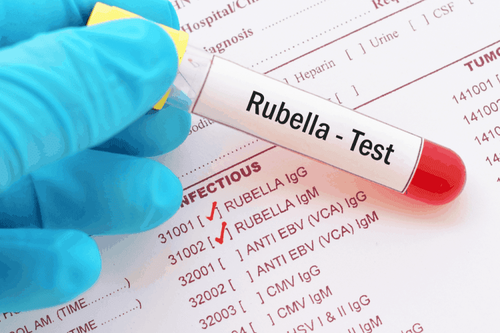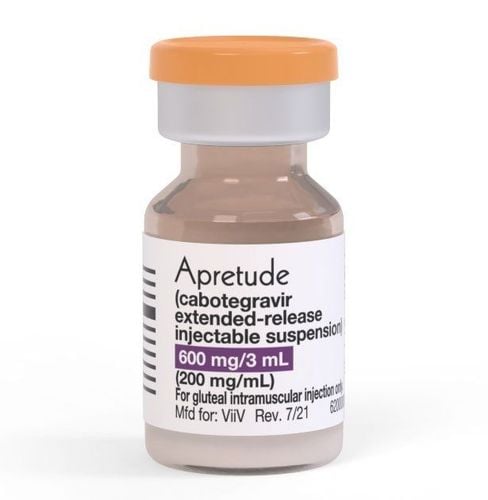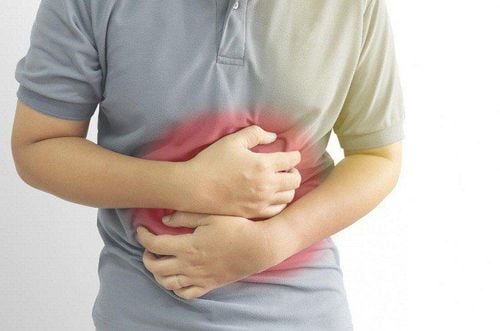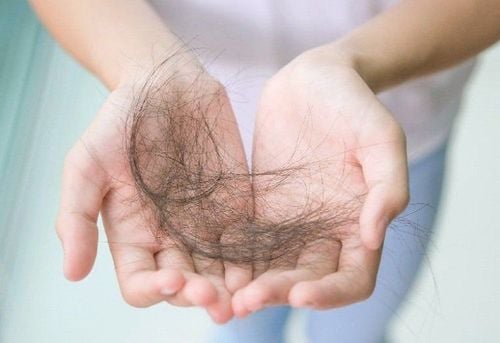This is an automatically translated article.
Monkeypox is a very rare disease caused by the monkeypox virus. This virus is similar in structure and pathogenicity to the chickenpox virus, but the clinical picture is usually milder.
1. What is monkeypox?
Monkeypox virus is similar to the previous human smallpox virus, in the genus Orthopoxvirus. Human disease caused by monkeypox virus occurs infrequently in Africa. Most cases of monkeypox are reported in the Democratic Republic of the Congo.
Since 2016, cases of monkeypox have been confirmed in Sierra Leone, Liberia, Central African Republic, Republic of Congo and Nigeria, which have experienced the largest outbreaks of monkeypox. Recently, the incidence rate is 20 times higher than before which is explained by the discontinuation of smallpox vaccination in 1980.
People who have been vaccinated against smallpox, even more than 25 years old. were previously at low risk of monkeypox. Cases of monkeypox in Africa are on the rise as humans are encroaching on the habitat of wild animals that carry the monkeypox virus.
Monkeypox currently has 2 strains, with a 1% or 10% fatality rate, respectively, but experts say the risk of this disease to the community is still low. As recorded by the World Health Organization (WHO), as of May 22, 2022, up to 92 cases of monkeypox appeared and 28 suspected cases in 12 countries, WHO predicts the coming cases. Infections will appear more when the scope of WHO surveillance is expanded.
2. How is monkeypox transmitted?
Monkeypox is a virus that circulates commonly in small mammals in Africa such as mice and monkeys. Monkeypox first appeared in the 1950s, infecting humans in 1970. Monkeypox can be transmitted from animals to humans through contact with bodily fluids, including droplets or droplets. inhalation or contact with secretions from skin wounds. Human-to-human transmission of monkeypox occurs inefficiently and is thought to occur mostly through large respiratory droplets with prolonged exposure.
Currently, health officials in many countries have not yet explained the cause of the sudden spread of monkeypox virus. Authorities are investigating whether or not monkeypox is sexually transmitted. Recent infections are mainly male in the LGBT community, so experts call on this group to pay special attention to abnormalities on the body such as: rash, blisters ...
3. Does monkeypox die?
Monkeypox is in the same family as smallpox, but is milder with the two common monkeypox strains:
Congo strain is usually more severe, with a mortality rate of 10%; The second strain is concentrated in West Africa, which is less severe, often fatal, with an incidence of 1% of people. Currently, most patients in the UK have the West African smallpox strain. Most people with monkeypox make a full recovery within 2 to 4 weeks. The monkeypox virus is not as contagious as Covid-19, which is considered very unlikely to cause a pandemic of equal magnitude. Experts say the current monkeypox outbreak is spread through close, intimate contact with someone who already has a rash, so the virus will be easier to control once the source of the infection is identified.
However, according to WHO, recent outbreaks are relatively rare because monkeypox is spreading in a country where the virus is not circulating frequently, so scientists are working to understand the origin of the virus. Are the current cases of monkeypox virus genetically modified?
4. Symptoms of monkeypox
WHO says the incubation period of monkeypox usually lasts from 5 to 21 days and the infection is divided into 2 stages:
The viral phase lasts 5 days: fever, severe headache , swollen lymph nodes, back pain, muscle pain and weakness. What distinguishes monkeypox from other diseases is the swelling of the lymph nodes while the remaining symptoms are similar to those of chickenpox, measles or common smallpox. The second stage is skin rash: manifests within 1 to 3 days of the patient's fever, the rash is more concentrated on the face and extremities than on the trunk and progresses sequentially, burning skin (no rash yet). ) to raised pruritic papules, then vesicles and pustules (yellow fluid-filled lesions). Gay and bisexual men are advised by the UK Health Security Agency (UKHSA) to be very careful, because the last four infections were identified as members of this community. In addition, the percentage of patients who are gay or bisexual is also high at about 57%. These subjects should pay attention to skin rashes or any unusual lesions. Although monkeypox was not previously included in the group of sexually transmitted diseases, experts say the outbreaks this time may be evidence that the virus has this property.
5. Treatment of monkeypox
Treatment of monkeypox is only supportive treatment, the doctor can prescribe the patient to use drugs such as:
Antiviral drug Tecovirimat; the antiviral drug cidofovir; Brincidofovir drug. All of these drugs are active against monkeypox virus in the laboratory and in experimental models. However, none of these drugs has been studied or used in humans in endemic areas for the treatment of monkeypox. Current treatment is mainly symptomatic.
Hopefully, through this article, readers have learned more information about monkeypox and how it is spread to have an effective way to prevent and treat the disease.
Follow Vinmec International General Hospital website to get more health, nutrition and beauty information to protect the health of yourself and your loved ones in your family.
Please dial HOTLINE for more information or register for an appointment HERE. Download MyVinmec app to make appointments faster and to manage your bookings easily.













